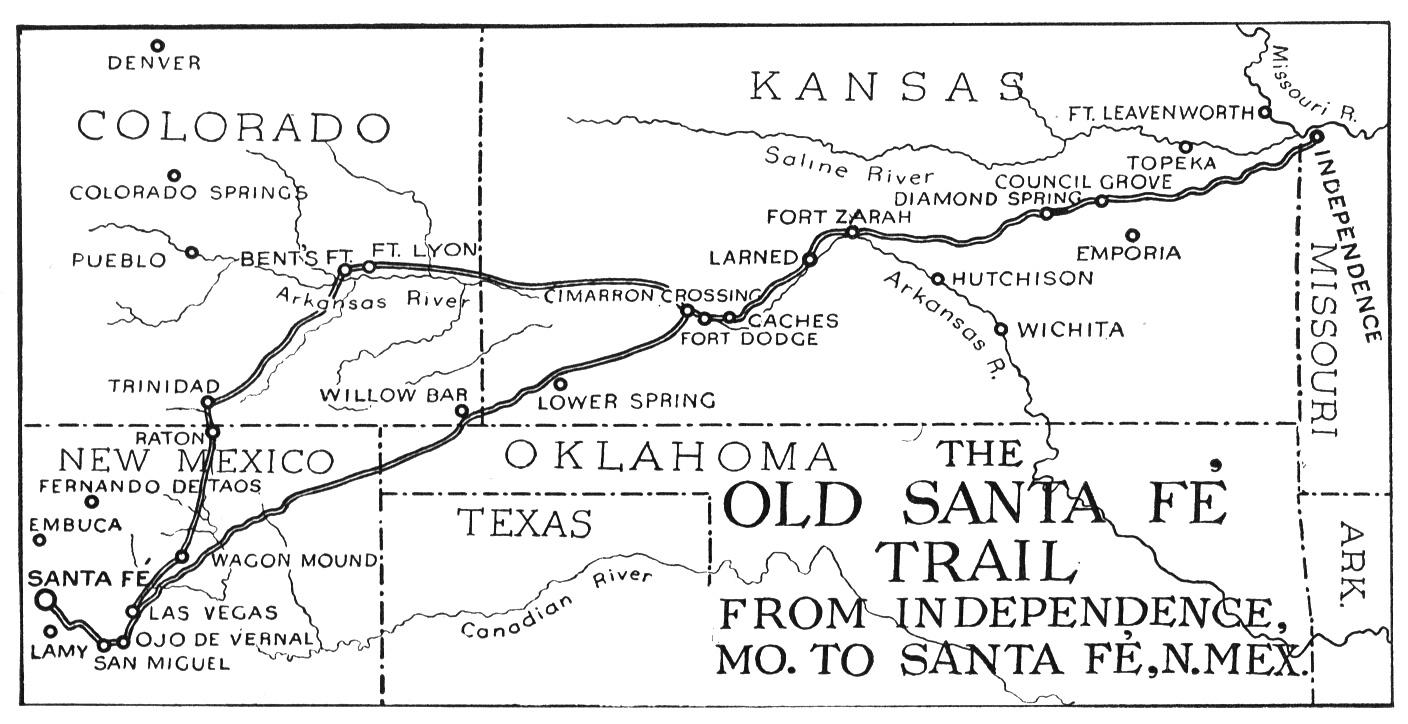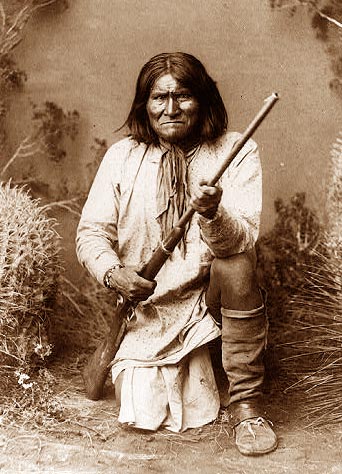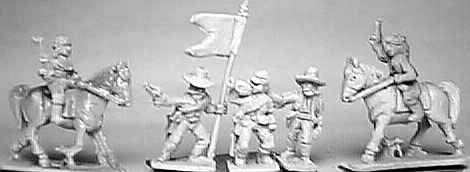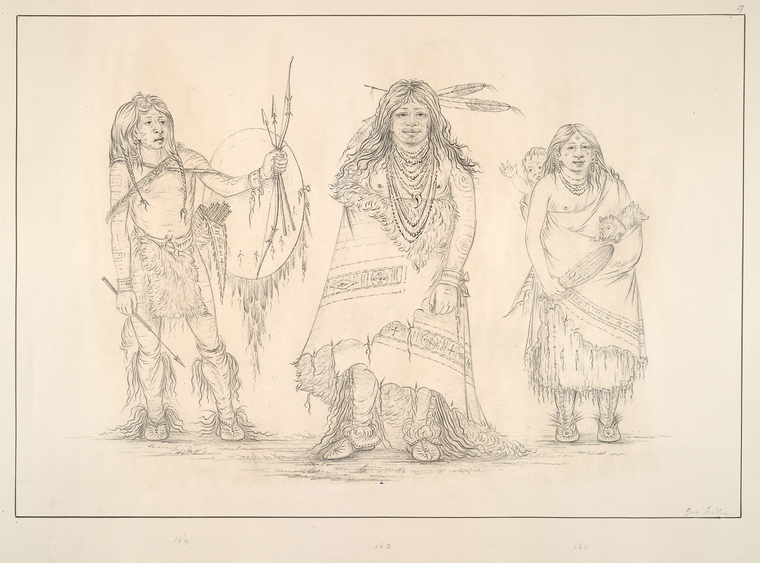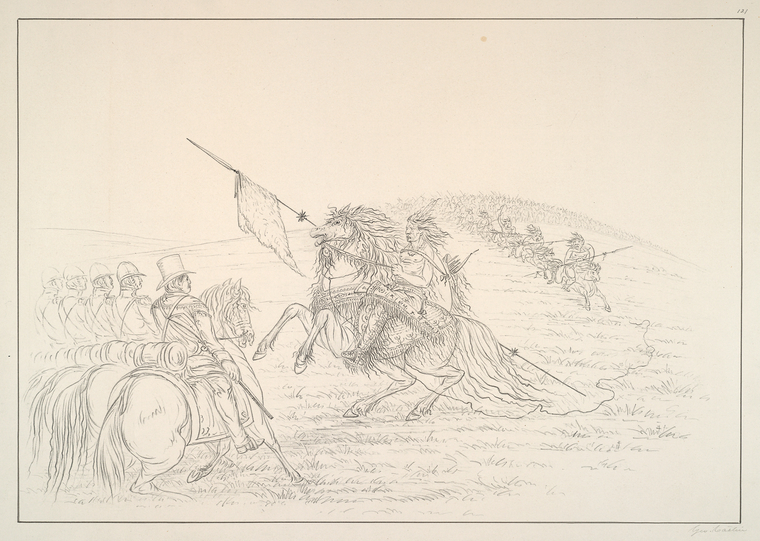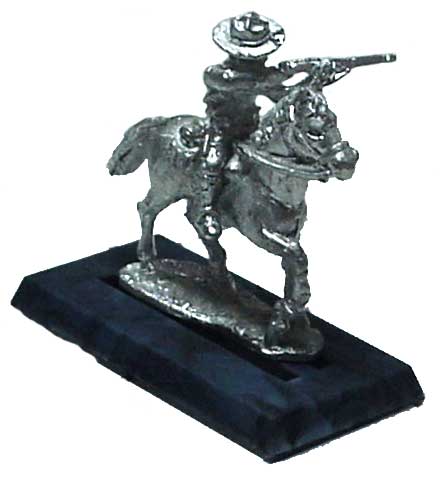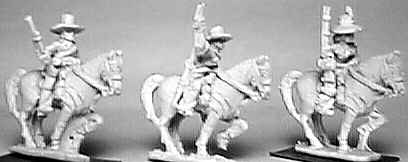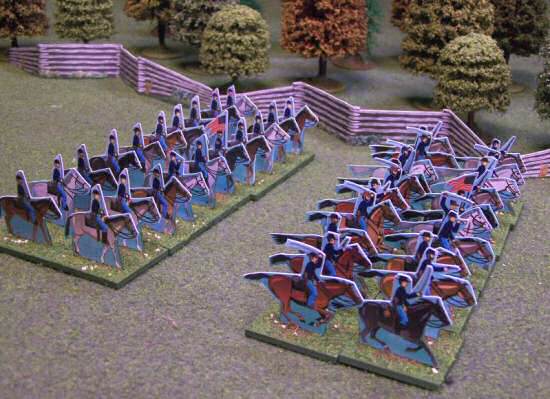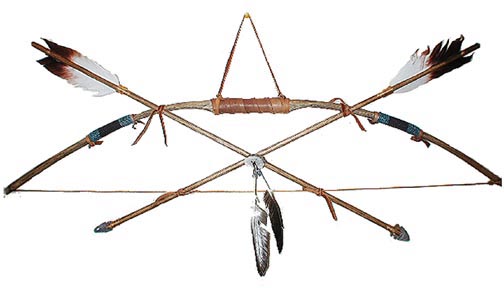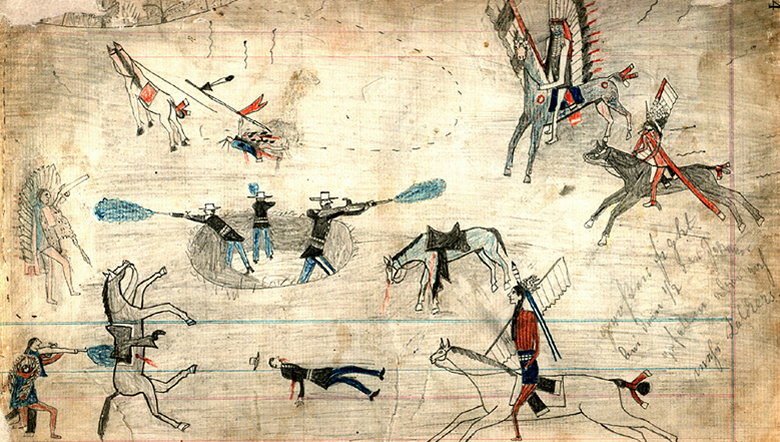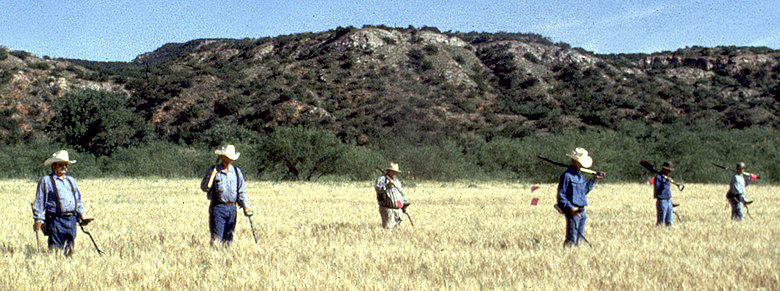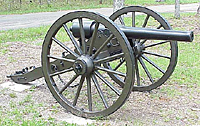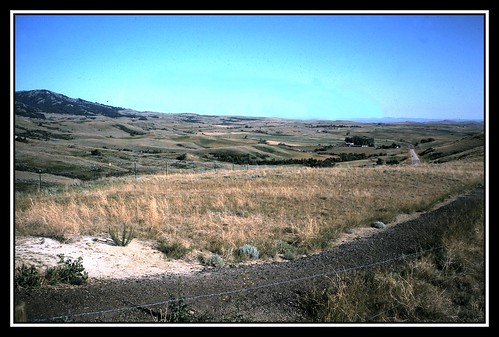The misnomer callr the American war of I ndependence gives us the feeling that it was Americans against English but in reality it was English colonists against mainland English or British.Many lands fought in America but the role of the Hessians is not very clear. Schools put history lessons into the hands of those who merely  reiterate the trodden but often lost path of history.The American war was basically about greed and not( the end of the American finanial empire as we see today is for the reason that greed defies the relationship, the necessary relationship, between real work and gain.)independence and this was to cause the end of the The Hessians were 18-century German regiments hired through their rulers by the British Empire. Despite their name, they were not all from Hesse.
reiterate the trodden but often lost path of history.The American war was basically about greed and not( the end of the American finanial empire as we see today is for the reason that greed defies the relationship, the necessary relationship, between real work and gain.)independence and this was to cause the end of the The Hessians were 18-century German regiments hired through their rulers by the British Empire. Despite their name, they were not all from Hesse.
It is said they were not mercenaries, although their German rulers profited from their use. Though used in several conflicts including in Ireland, they are most widely associated with combat operations in the so called American Revolutionary War.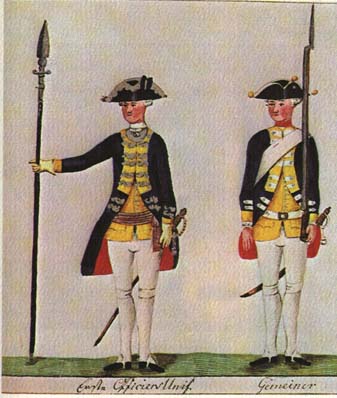 They provided extensive manpower to support the American loyalist cause, but the fact that they were not British provided the pro-independence side with opportunities for propaganda and may have aided pro-independence recruitment.They first landed at Staten Island
They provided extensive manpower to support the American loyalist cause, but the fact that they were not British provided the pro-independence side with opportunities for propaganda and may have aided pro-independence recruitment.They first landed at Staten Island on August 15, 1776. Their first engagement was in the Battle of Long Island. The Hessians fought in almost every battle, although after 1777,
on August 15, 1776. Their first engagement was in the Battle of Long Island. The Hessians fought in almost every battle, although after 1777,  the British used them mainly as garrison troops. An assortment of Hessians fought in the battles and campaigns in the southern states during 1778–80 (includingGuilford Courthouse),
the British used them mainly as garrison troops. An assortment of Hessians fought in the battles and campaigns in the southern states during 1778–80 (includingGuilford Courthouse),.jpg/250px-Battle_of_Guilford_Courthouse_15_March_1781_(DWR).jpg) and two regiments fought at the Siege of Yorktown in 1781.
and two regiments fought at the Siege of Yorktown in 1781.
 reiterate the trodden but often lost path of history.The American war was basically about greed and not( the end of the American finanial empire as we see today is for the reason that greed defies the relationship, the necessary relationship, between real work and gain.)independence and this was to cause the end of the The Hessians were 18-century German regiments hired through their rulers by the British Empire. Despite their name, they were not all from Hesse.
reiterate the trodden but often lost path of history.The American war was basically about greed and not( the end of the American finanial empire as we see today is for the reason that greed defies the relationship, the necessary relationship, between real work and gain.)independence and this was to cause the end of the The Hessians were 18-century German regiments hired through their rulers by the British Empire. Despite their name, they were not all from Hesse.It is said they were not mercenaries, although their German rulers profited from their use. Though used in several conflicts including in Ireland, they are most widely associated with combat operations in the so called American Revolutionary War.
 They provided extensive manpower to support the American loyalist cause, but the fact that they were not British provided the pro-independence side with opportunities for propaganda and may have aided pro-independence recruitment.They first landed at Staten Island
They provided extensive manpower to support the American loyalist cause, but the fact that they were not British provided the pro-independence side with opportunities for propaganda and may have aided pro-independence recruitment.They first landed at Staten Island on August 15, 1776. Their first engagement was in the Battle of Long Island. The Hessians fought in almost every battle, although after 1777,
on August 15, 1776. Their first engagement was in the Battle of Long Island. The Hessians fought in almost every battle, although after 1777,  the British used them mainly as garrison troops. An assortment of Hessians fought in the battles and campaigns in the southern states during 1778–80 (includingGuilford Courthouse),
the British used them mainly as garrison troops. An assortment of Hessians fought in the battles and campaigns in the southern states during 1778–80 (includingGuilford Courthouse),.jpg/250px-Battle_of_Guilford_Courthouse_15_March_1781_(DWR).jpg) and two regiments fought at the Siege of Yorktown in 1781.
and two regiments fought at the Siege of Yorktown in 1781.
The British use of Hessian troops rankled American sentiment, and pushed more loyalists to be in favor of the revolution. The British use of non-English speaking foreign troops to put down the rebellion was seen as insulting, as it treated British subjects no differently than non-British subjects. Pro-British Tories believed that the British  nature of the british colonists should have subjected them to something other than mercenary foes.
nature of the british colonists should have subjected them to something other than mercenary foes.
 nature of the british colonists should have subjected them to something other than mercenary foes.
nature of the british colonists should have subjected them to something other than mercenary foes.



 these are plastic figures from strelets painted by carlo antonio, so why buy metalk ones if you can get this
these are plastic figures from strelets painted by carlo antonio, so why buy metalk ones if you can get this
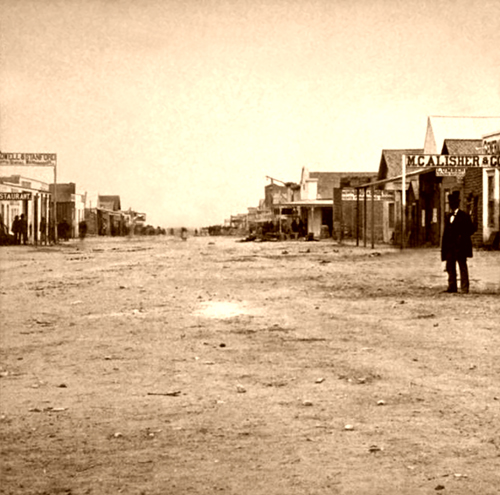 Street, walking four abreast, but after they turn the corner at Fremont Street, they walk two by two, favoring the south sidewalk.
Street, walking four abreast, but after they turn the corner at Fremont Street, they walk two by two, favoring the south sidewalk.

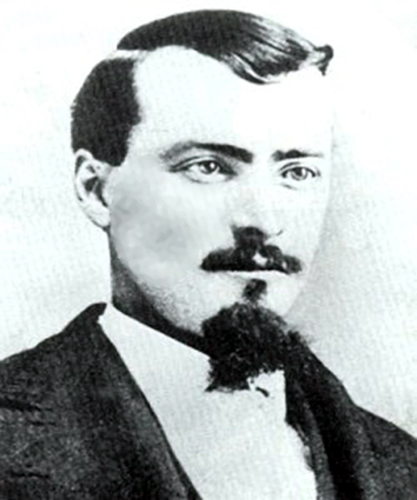 have on holsters with their pistols in plain sight.
have on holsters with their pistols in plain sight.
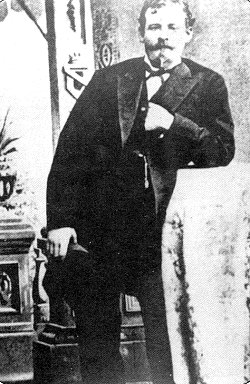

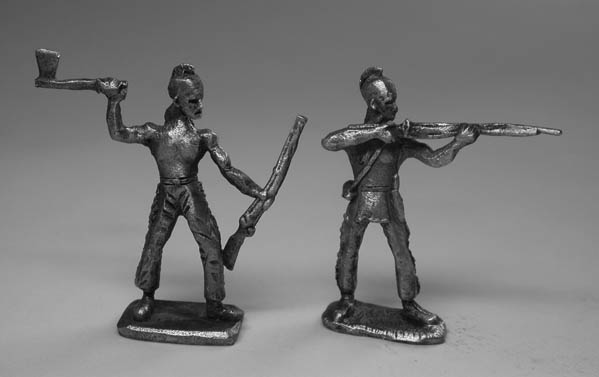
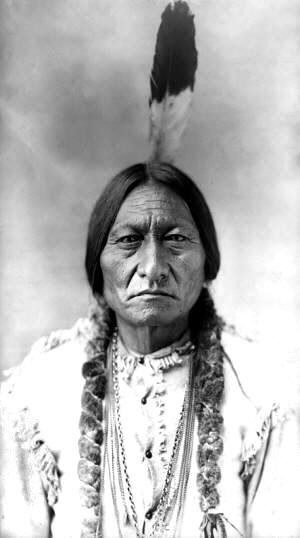





 In March 1814, General Jackson's army left Fort Williams on the Coosa, The fort is now under this artificial lake.
In March 1814, General Jackson's army left Fort Williams on the Coosa, The fort is now under this artificial lake.




